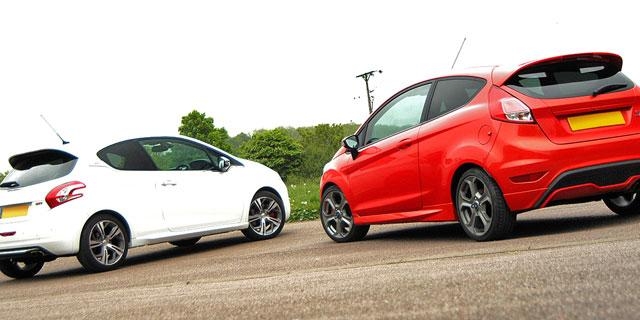For UK motorists there’s one insurance rule that rules them all, but not many people know what it is!
It’s called Continuous Insurance Enforcement (CIE) and it’s the regulation that means your car, motorcycle or van always needs to be insured.
Under the CIE scheme, the Motor Insurance Database (MID) and DVLA work in partnership to continuously identify uninsured vehicles by systematically comparing DVLA vehicle records against those held on MID.
Whether you use your car everyday, your motorcycle for three months a year, or your van every six months for family trips, it doesn’t matter, if you own a vehicle it must be insured at all times.
Use the online service askMID to check your vehicle has a valid insurance policy.
What is Continuous Insurance Enforcement?
The most basic definition of CIE legislation we could find states:
It is an offence to be the registered keeper of a vehicle that does not have insurance.
There is one exception to the rules and that is when you have a Statutory Off Road Notification (SORN) from the Driver and Vehicle Licensing Agency (DVLA).
It is also worth noting that although your insurance might cover you to drive other cars, the policy will probably require the other vehicle to be insured in its own right. To avoid any doubt about whether you are covered, you should ensure the vehicle you are driving is also insured.
Why was Continuous Insurance Enforcement introduced?
CIE legislation was introduced in 2011 to combat the rising number of uninsured motorists – according to MIB, there are around 1 million uninsured drivers on UK roads.
Government figures also put yearly economic losses from such incidents at more than £1.8 billion.
So it’s safe to say that there were a couple of obvious reasons for the introduction of CIE legislation.

What happens if you don’t insure your vehicle?
If you own a vehicle and fail to get it insured, or SORN the vehicle, the Motor Insurers’ Bureau (MIB) and DVLA will be on your case pretty quickly.
The first step is to send out a warning letter, called an Insurance Advisory Letters (IAL) from the MIB.
It prompts anyone suspected of keeping an uninsured vehicle and outlines potential fines and penalties they will be faced with, if they fail to get their vehicle insured.
If a vehicle remains uninsured the penalties are severe:
- A fixed penalty notice of £100
- Their vehicle being clamped, seized and disposed of
- A court prosecution and a maximum fine of £1000
How many motorists have been penalised under CIE legislation?
Between February 2011 (when CIE was introduced) and November 2015, the DVLA had issued around 3m Insurance Advisory letters, collected more than 800,000 Fixed Penalty Notices and generated almost £16m in fines.
CIE measures are in addition to the powers the police already have to seize an uninsured vehicle being used on the road.
Has CIE legislation worked?
According to stats revealed three years after the introduction of CIE legislation, the cost of insurance premiums had dropped by around 40 per cent when compared to 2008, three years before CIE rules were introduced.

Auto-renewal clauses
Auto-renewal clauses can be found in some insurance policies in the UK.
If you have an auto-renewal clause in your insurance policy your cover will never lapse as it will automatically renew when your policy comes to an end.
This means that you should never fall foul of CIE legislation because you forgot to renew.
It’s important to remember that renewal prices are not always the cheapest option for motorists.
In fact, comparing insurance prices at your time of renewal is advised if you want to save money on your insurance premium.
Insurance providers often offer introductory discounts for new customers so it is worth comparing car insurance, van insurance or motorcycle insurance quotes when your contract is up for renewal.






